This entry includes a walking tour! Take the tour.
Introduction
Text-to-speech Audio
Images
Entrance to the park.
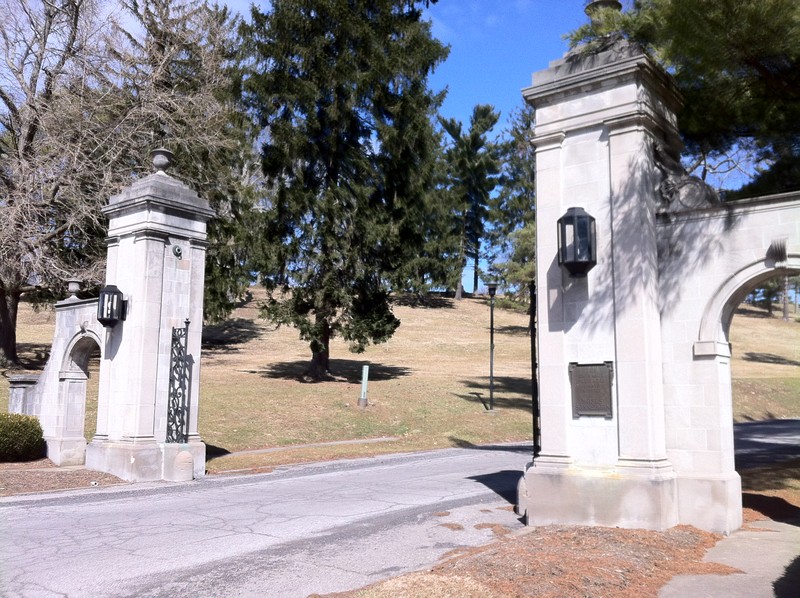
The Casino, 1895.
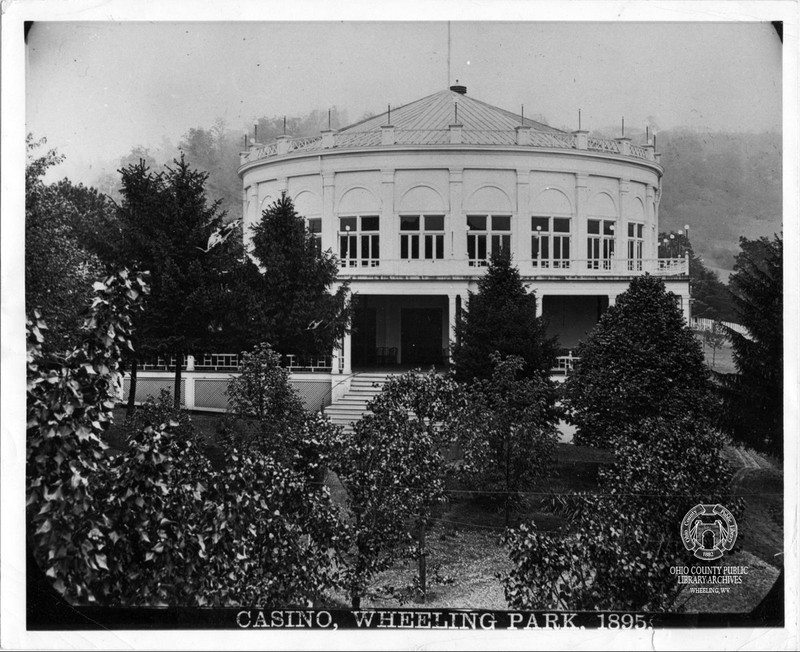
Visitors in front of a fountain, 1910.
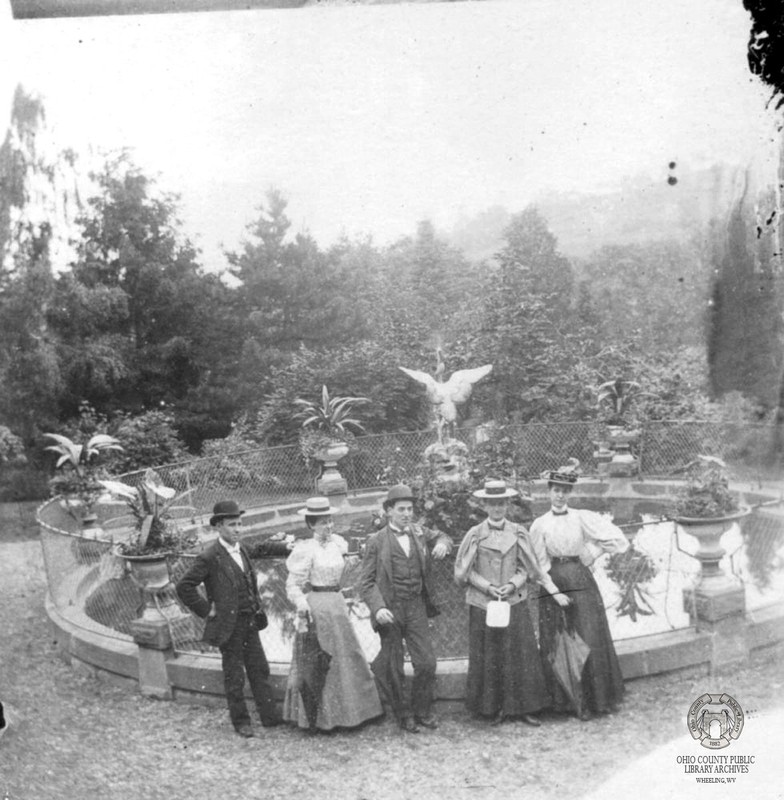
Postcard depicting Wheeling Park’s picturesque green space, ca. 1910.
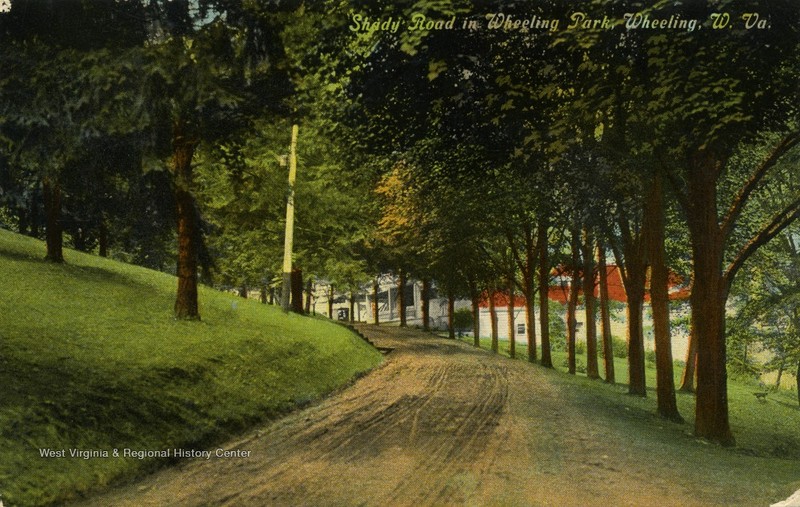
A roller coaster from Wheeling Park’s stint as an amusement park.
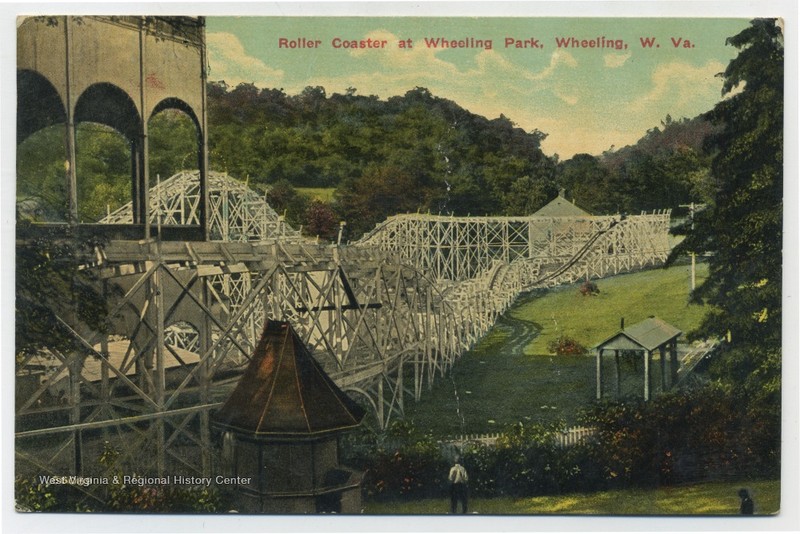
Postcard of the original White Palace pavilion.
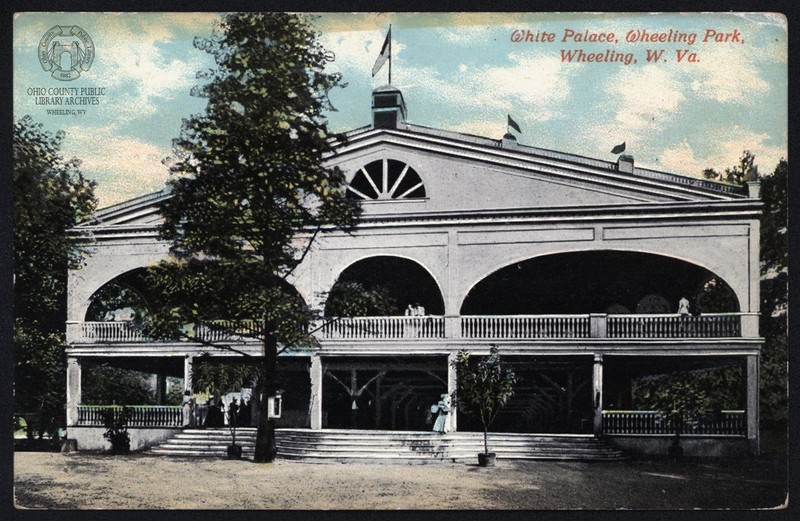
The White Palace today.
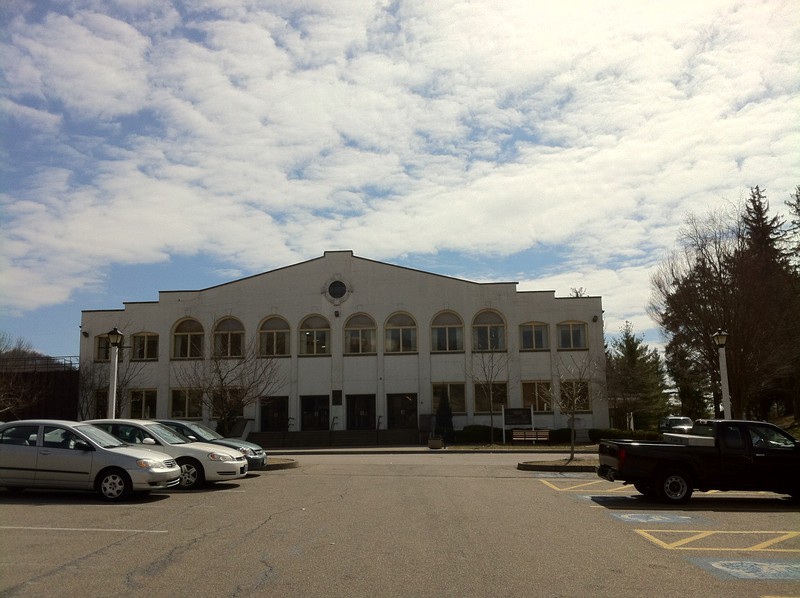
Backstory and Context
Text-to-speech Audio
Before Wheeling Park was deeded to the newly formed Wheeling Park Commission in 1925, the area served as a private park. The grounds were owned by an English immigrant named Thomas Hornbrook, who welcomed the visitors that traveled from miles away to see the estate. Even after the property was auctioned to private investors in May 1883, locals continued to refer to it as Hornbrook’s Park for years. The grounds were transformed into an amusement park, and featured arcades, rides, a swimming pool, and The Casino, an entertainment center. At its peak, the park was owned by Reymann Brewing Company. The company designed the park to look like a German beer garden, which attracted visitors from Pittsburgh, northern Ohio, and the Washington D.C. area. The French actress Sarah Bernhardt even appeared at The Casino in 1905. However, due to the threat of prohibition and World War I, the park closed in the late 1910s.
The first attempt by the city of Wheeling government and Chamber of Commerce to raise funds and purchase the park failed in 1923. In December 1924, two businessmen, Charles Sonneborn and Louis Haller, offered the public the option to raise $350,000 for park equipment, or the businessmen would purchase the 130-acre lot and sub-divide it. W.E. Stone, a prominent businessman and philanthropist, offered to give the first $100,000 if several conditions were met. The most important of these conditions was the stipulation that control of the park was to be under a non-partisan commission. Stone's offer encouraged other large donations by prominent citizens, including notable industrialist Earl W. Oglebay. By Christmas Eve of 1924, their goal was reached, so the newspaper headline on Christmas day read, “Wheeling Park is a Christmas Gift to the Wheeling Public.”
Upon being officially christened as Wheeling Park, the outdoor space opened to the public on Memorial Day 1925. More than 10,000 people attended the opening ceremonies. While Wheeling Park was heavily improved and expanded in 1925, a fire burned down The Casino. By 1926, public funds had already been raised to replace this building. A pavilion popularly called the White Palace, but officially known as the Otto Schenk Memorial Pavilion was erected in the previous building's place.
Wheeling Park, known as the people’s park by Wheeling residents, was a tremendous success. On the Fourth of July, 1926, twenty thousand people gathered in the park to celebrate the holiday — particularly impressive as Wheeling’s population at the time was between fifty and sixty thousand! Wheeling Park’s amenities in its first few years included a golf course, the White Palace, and over one hundred acres of green space.
Improvements continued to be made to the park over the years. The first addition came in 1928 thanks to the Daughters of the American Revolution, who erected the Madonna of the Trail statue to honor pioneer women. The Frank Rock Garden was added in 1929. Public Works Administration funds allowed for the construction of a new swimming pool in 1937, which was the largest and most modern in the area. The Schwertfeger Shelter and Stifel Playground opened concurrently in 1948. In 1959, Wheeling Park became a year-round attraction with the opening of the Memorial Ice Rink. The most dramatic change to the recreational area was not due to new construction, but new acquisition. The purchase of three hundred acres of nearby property in 1960 almost quadrupled the size of Wheeling Park and provided fresh areas for expansion. The 1968 renovation of the swimming pool resulted in a new clubhouse known as the W.E. Stone Memorial Clubhouse and Pool. A few years later in 1972, additions to Good Lake included a boathouse, dock, and miniature golf course. A tennis air dome was also erected near the White Palace. In the 1970s and 80s, hilltop property was developed to include tennis courts, soccer fields, and the Sonneborn picnic shelter.
No new major buildings have been added to Wheeling Park since the 1980s. However, renovations, updates to recreation spaces, and grounds improvements are all ongoing. Wheeling Park’s journey from private estate to public park has culminated in a space by which the Wheeling public is proud to be represented. The now 406-acre park remains one of the most popular outdoor spaces in the city.
Sources
Andrew, Patrick. National Road Corridor Historic District, National Register of Historic Places. June 4th 1993. Accessed February 15th 2021. https://npgallery.nps.gov/pdfhost/docs/NRHP/Text/92000874.pdf.
History of Wheeling Park, Wheeling Park. Accessed February 12th 2021. https://oglebay.com/wheeling-park/history/.
Jourdan, Katherine M. and Laura J. Pfeifer. National Road Corridor Historic District, National Register of Historic Places. April 20th 1992. Accessed February 12th 2021. http://www.wvculture.org/shpo/nr/pdf/ohio/92000874.pdf.
Wheeling Park, City of Wheeling, WV. Accessed February 12th 2021. https://www.wheelingwv.gov/directory/Parks-Recreation/wheeling-park.
Wheeling Park, Ohio County Public Library. Accessed February 12th 2021. https://www.ohiocountylibrary.org/history/5450.
Ohio County Public Library.
Ohio County Public Library.
Ohio County Public Library.
Ca. 1910. “Shady Road in Wheeling Park, Wheeling, W. Va.” West Virginia & Regional History Center. Accessed February 15, 2021. https://wvhistoryonview.org/catalog/043579.
“Roller Coaster at Wheeling Park, Wheeling, W. Va.” West Virginia & Regional History Center. Accessed February 16, 2021. https://wvhistoryonview.org/catalog/043699.
Ohio County Public Library.
